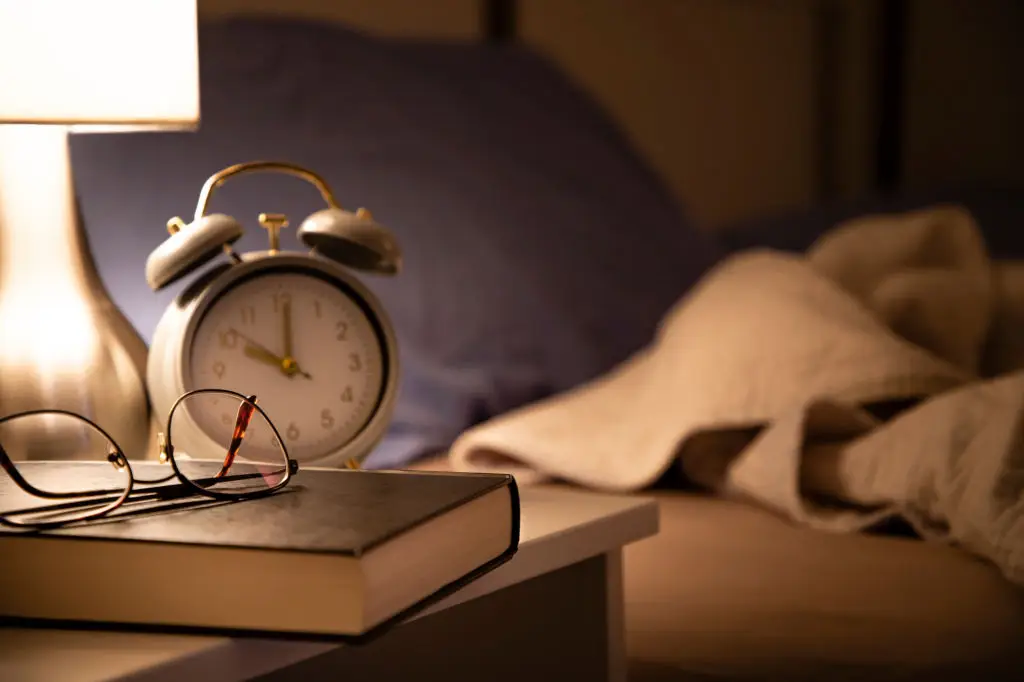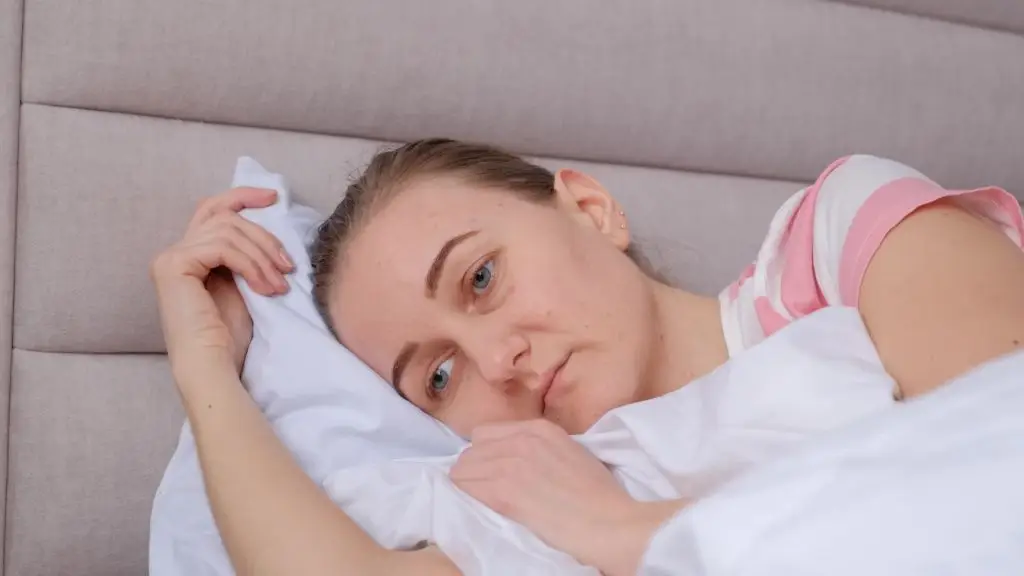11 Pre-Bed Rituals to Slash Stress Hormones for Deeper Sleep
Many people know cortisol as the stress hormone, but its timing matters most for sleep. Cortisol should taper across the evening so your body and brain can shift into deep, restorative sleep. When the hormone stays high at night you may feel wired and tired—awake but exhausted the next day. Small, consistent pre-bed rituals help signal the nervous system to downshift and support the natural evening cortisol decline. The strategies below focus on practical actions you can try in the hour or two before bedtime. They blend simple behavior changes, gentle movement, breathwork, and environment tweaks so you can pick what fits your life and energy. Some actions target light exposure, others influence body temperature, blood sugar, or nervous-system tone. Each ritual is short, evidence-informed, and easy to adapt whether you’re busy, limited by mobility, or easing into change. Try one new ritual at a time for a week and notice subtle shifts in how quickly you fall asleep and how refreshed you feel in the morning. If poor sleep is persistent or you suspect a medical issue, a conversation with your healthcare provider or a sleep specialist is a wise next step. These ideas are meant to be supportive, not prescriptive—consider them friendly tools you can weave into a calmer, more restful evening.
1. Dim the lights and block blue light 60–90 minutes before bed

Bright or blue-rich light in the evening delays melatonin and can keep cortisol higher than it should be. Start by swapping overhead bright bulbs for warm lamps in the hour before bed. Lower light levels cue your brain that night is coming, helping melatonin rise and cortisol fall. If you use screens, turn on night-shift or blue-light filters and reduce screen brightness. Another option is to wear blue-blocking glasses for the last 60–90 minutes, which many people find helpful when evening tasks require a device. For timing, aim to dim lights and cut bright screens at least an hour before your planned sleep time. This ritual is low-cost and easy to test: notice whether you feel calmer and more ready for sleep after a few nights. If you live with others who keep brighter lights, consider a bedside lamp and shaded curtains to protect your personal sleep window. These changes support the body's internal clock without dramatic lifestyle upheaval.
2. Cool the bedroom and use a timed warm bath

Your body needs a slight drop in core temperature to fall into deep sleep; a cool bedroom encourages that natural dip. Aim for a comfortable range—many experts suggest around 60–67°F—though individual preference matters. A warm bath or shower taken about 60–90 minutes before bed can help: the warm water raises skin temperature briefly, and the subsequent cooldown signals your body that it’s time to sleep. Keep baths to 20–30 minutes and use warm rather than scalding water to avoid stimulating the system. Combine this with breathable bedding and light pajamas to maintain a cool microclimate. If a full bath isn’t practical, try a warm foot soak or shower followed by a cool rinse. For people with circulation issues or certain medical conditions, check with a clinician before using temperature-based strategies. When paired with dim lighting and minimal stimulation, temperature tactics help the nervous system settle and support the hormonal transitions needed for sound sleep.
